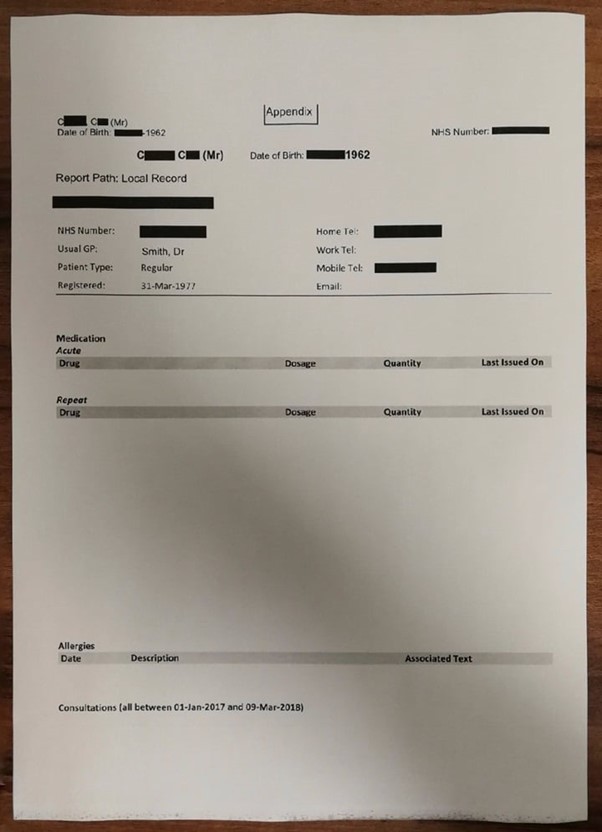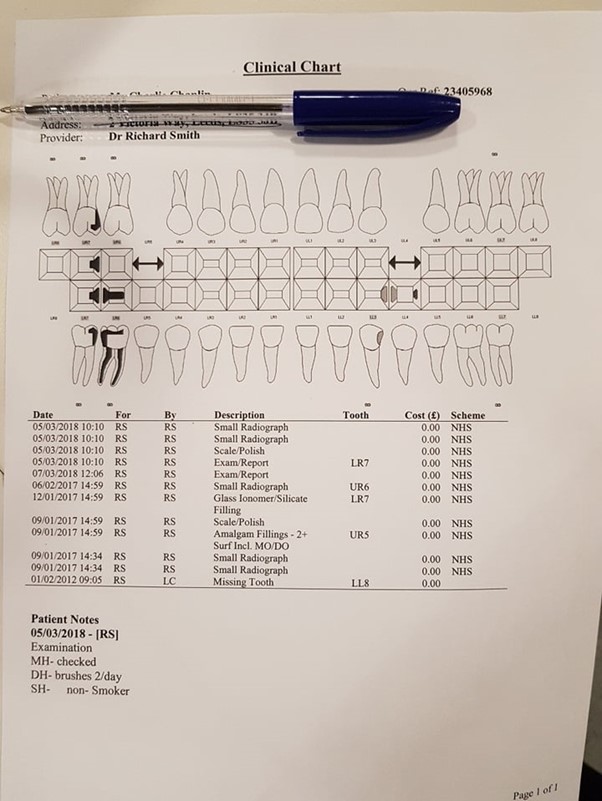This article highlights the importance of redaction in healthcare, and the role it plays in a doctor's duty of confidentiality.
______
You owe a duty of confidentiality to your patients and, for this reason, it is vital that you do not send information to us that would allow a patient to be identified, unless we specifically request it. When you need to refer to a patient, you should identify them by their initials and year of birth only.
Redact and anonymise
If you have to send us documents that refer to a patient, ensure that all patient information is correctly redacted or anonymised. This should be done in such a way that ensures the ‘redacted’ or ‘anonymised’ text cannot be read or reinstated.
- Redaction refers to the obscuring of all or a portion of text for data protection, confidentiality, security or legal reasons.
- Anonymisation is the process of turning data into a form that does not identify individuals, and where identification is unlikely.
When redacting confidential information in a physical document, you should use redaction tape or a black marker pen. The document should then be carefully checked to ensure all the redacted information is unreadable.
Redactions made to electronic documents can sometimes be reversed, so you should save these as new documents, or as PDFs, before being sent to us.
Example of a correctly redacted clinical document

Examples of incorrect redaction of clinical records
Example 1

Example 2
